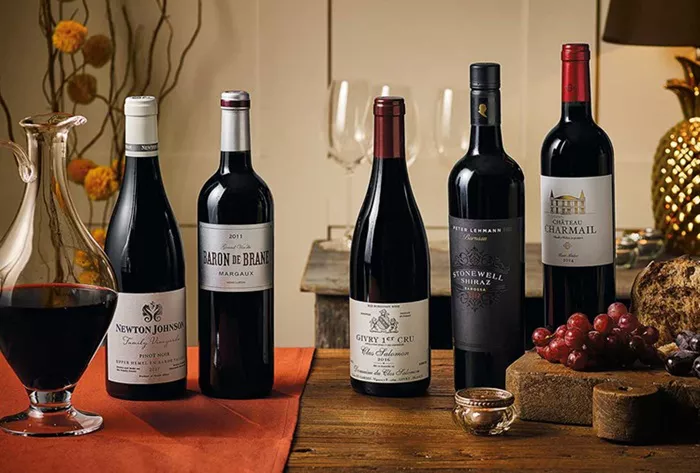As the alcohol beverage industry faces challenges from shifting consumer habits and health concerns, the wine sector is adapting to meet new demands, with 2025 presenting a crucial year for the industry. Despite recent concerns about the health risks of alcohol, notably the Surgeon General’s warning on cancer risks, and the resulting dip in alcohol stocks, industry leaders are optimistic about the path forward.
A recent NielsenIQ report titled Beverage Alcohol: What Will Drive 2025? outlines key trends that could shape the future of the wine industry. Developed by Jon Berg, VP of Alcohol Industry Thought Leadership, and Kaleigh Theriault, Beverage Alcohol Thought Leader, the report highlights several factors that could influence the success of wine brands in the coming years.
Adapting to Consumer Changes
Thériault emphasizes the importance of understanding rapidly evolving U.S. consumer preferences. “In 2025, the key for the wine industry will be embracing these shifts, particularly as consumers seek new experiences and easy-to-understand flavors, a trend that has proven successful with Ready-to-Drink (RTD) beverages,” she explains. Additionally, there is growing demand for wines with little or no alcohol, catering to occasions where consumers are prioritizing moderation.
Five Key Drivers for the Wine Industry in 2025
Attracting New Consumers The wine industry faces challenges in recruiting younger generations, particularly Gen Z, who are known for their cautious approach to alcohol consumption. According to the Pew Research Center, 69.3 million Gen Zers reside in the U.S., and roughly half are of legal drinking age. However, many are opting for moderation, with just 8% of Gen Z reporting regular alcohol consumption, compared to 32% of Millennials and 33% of Baby Boomers.
Jon Berg points out that many young consumers don’t view wine as an accessible or everyday beverage, which has impacted sales. Christian Miller, Research Director with the Wine Market Council, concurs, noting that young adults want more information about wine flavors before purchasing and associate wine with relaxation or special occasions, rather than as part of their routine.
AI and Digital Marketing Thériault suggests that AI and digital marketing present a significant opportunity for the wine industry to address recruitment challenges. Using AI tools, wineries can help consumers make more informed product choices, enhancing the shopping experience both online and in physical stores. Digital platforms like YouTube and TikTok can also be leveraged to tell the unique stories of small, family-run wineries, showcasing their sustainable and organic practices.
Health and Wellness Trends The growing health-conscious movement offers another avenue for growth, with more consumers seeking non-alcoholic or low-alcohol wine options. While the beer industry has made strides in this area, the wine sector has been slower to innovate. The success of wine RTDs and non-alcoholic brands like Leitz Eins Zwei Zero and Fre signals a growing market for these alternatives.
Flavor Innovation Wine has long struggled with describing its flavors in a clear and accessible way. To attract a wider audience, the industry could benefit from simplifying flavor profiles and introducing more fruit, spice, and herb-infused wines. However, experts caution that innovation must move beyond fruity flavors to remain successful in the long term. In addition, offering more opportunities for consumers to sample wines before purchasing could improve sales.
Economic Pressures Ongoing inflation and employment concerns are expected to continue impacting consumer spending in 2025. Berg warns that the wine industry has not yet reached its “bottom” in terms of declining sales. However, he notes that wine could still perform better in terms of revenue across various channels, including direct-to-consumer sales, special events, and online platforms.
The Road Ahead for Wine
Looking ahead, wine producers will need to balance innovation with tradition to stay relevant. By catering to consumer preferences for moderation, developing new flavors, embracing digital marketing, and expanding non-alcoholic options, the wine industry can remain competitive in a challenging market. Berg concludes that ongoing media presence is vital to maintain consumer interest and highlight successful segments within the industry.
“Everyone likes a winner, and to be associated with success,” he says, stressing the importance of positive messaging to inspire confidence in the wine sector’s future.
In conclusion, while the wine industry faces challenges, there are numerous opportunities to adapt to changing consumer demands, particularly among younger demographics. The industry’s ability to innovate and meet the rising demand for healthier, more accessible options could position it for a successful 2025 and beyond.
Related topics


